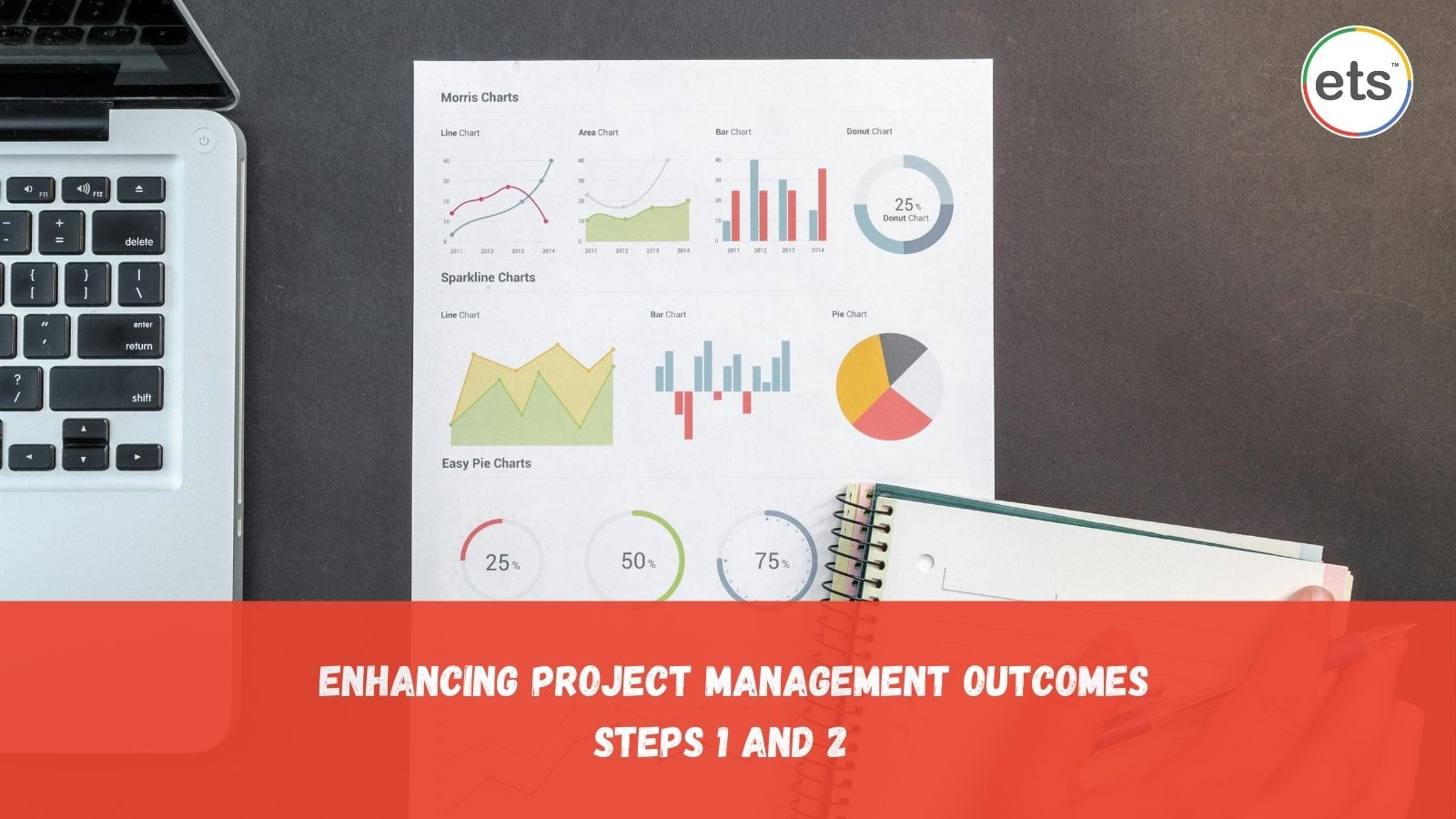
Lean Six Sigma (LSS) and Project Management (PM) are two bodies of knowledge (BOK) which have significant impact on the business, government, and not-for-profit sectors. While each has its own toolbox, they share many common tools with each emphasizing the ones most appropriate to its purpose, or the knowledge of the author. Two techniques which overlap but receive different emphasis in their respective BOK are the Critical to Quality (CTQ) and Work Breakdown Structure (WBS) techniques. CTQ is widely used in LSS to focus improvement initiatives on customer requirements, while WBS is used in PM to decompose projects into deliverables and tasks to enhance planning and implementation. But the use of both methodologies in a single improvement initiative or stand-alone project is uncommon. But integrating the CTQ and WBS methodologies can enhance both LSS and PM by ensuring that stakeholders’ key requirements are clearly defined and incorporated throughout a project’s lifecycle.
Following is a proven approach for integrating these two methodologies:
Step 1: Define the CTQ Requirements:
- Determine the customers’ and other key stakeholders’ needs: Collect information from stakeholders to understand their requirements and expectations. This can be done through operating data, complaints, inquiries and feedback, surveys, interviews, focus groups and market analysis. These typically fall into five dimensions – Quality, Timeliness, Cost, Safety, and Environmental Impact. For example – Contract requirements are met, or Projects are completed on time.
- Convert the needs into CTQ elements: Convert customer needs into measurable CTQ requirements. These are the key customer-centric attributes that will determine the quality of the project deliverables. For example (using the above examples), Contractor approves requirements and Rating methodology is in place to assess requirements fulfillment; and Project starts on time, Project finishes on time, and key milestones are achieved on time with respect to (wrt) schedule, work completed, and budget.
- Convert requirements into representative measures: For each CTQ requirement, define specific performance measures that will allow you to measure the degree to which the requirements are being met. For example – % of contracts without change orders and the % of projects rated above 95% wrt meeting all requirements; and the % of projects which started on time, the % of projects that finished on time, and the % of project milestones which were completed on time wrt budget and level of effort.
Step 2: Develop the Work Breakdown Structure (WBS):
- Identify the project scope: Clearly define the scope (breadth and depth) of the project, including phases, deliverables/outcomes. A key point, which is often overlooked, is to ensure the scope of the project is sufficient to produce the outcomes represented by the measures. For example, if the desired outcome is to hire new staff within 30 days, and the performance measure is the % of positions filled within 30 days, you must include more activities than just the recruiting process. You must also include interviewing, investigating backgrounds, interviewing, making offers, etc. When defining deliverables, think about the tangible outcomes which must be produced to fulfill the elements. For example, a project must have an approved budget, a schedule for completion, a staffing plan, etc. These are tangible, and you know if they exist, or not.
- “Break down” the deliverables: Create a hierarchical decomposition of the project into smaller, more manageable components (tasks or “work packages”). This should include all necessary tasks and activities required to achieve the project goals. For example, to create a budget, you need to quantify direct and indirect costs, insurance rates, and Cost of Living expense projections, etc. These are tasks which must be completed to fulfill the deliverable.
- Conduct a risk analysis of each task: For each task, consider possible impediments or “Barriers” that could be encountered during the implementation of the tasks. For example, management push-back, training no shows, or supply-chain delays. For each barrier, determine an activity, or “Aid”, which can be performed which would eliminate, or greatly reduce the impact of, the identified barrier. A useful technique for this is Barriers and Aids risk analysis.
- Assign responsibility: Responsibility and accountability should be determined for the deliverables and/or the tasks; including all aids identified in the Barriers and Aids analysis: Assign team members to each deliverable and/or task, ensuring that there is accountability for quality in each deliverable. A useful technique is the RACI (Responsible, Accountable, Consulted, Informed) Matrix, or Responsibility Assignment Matrix.
